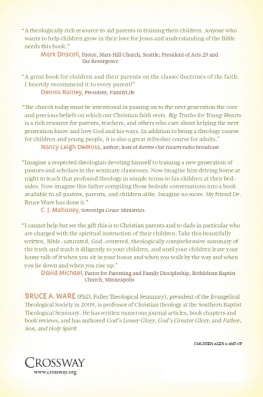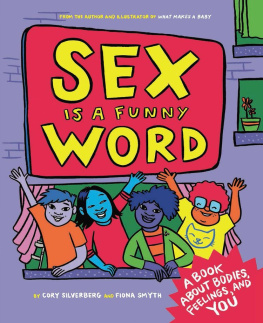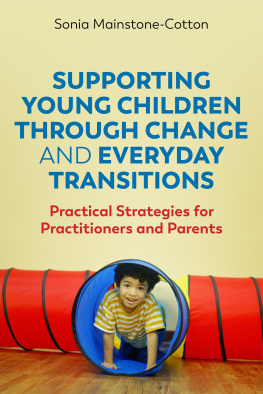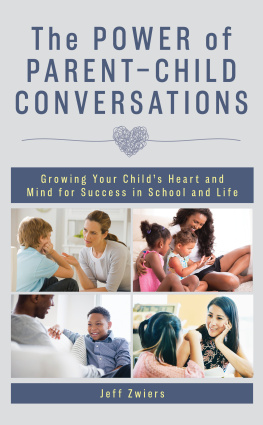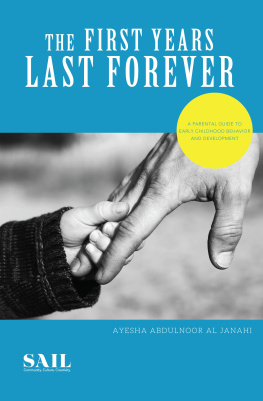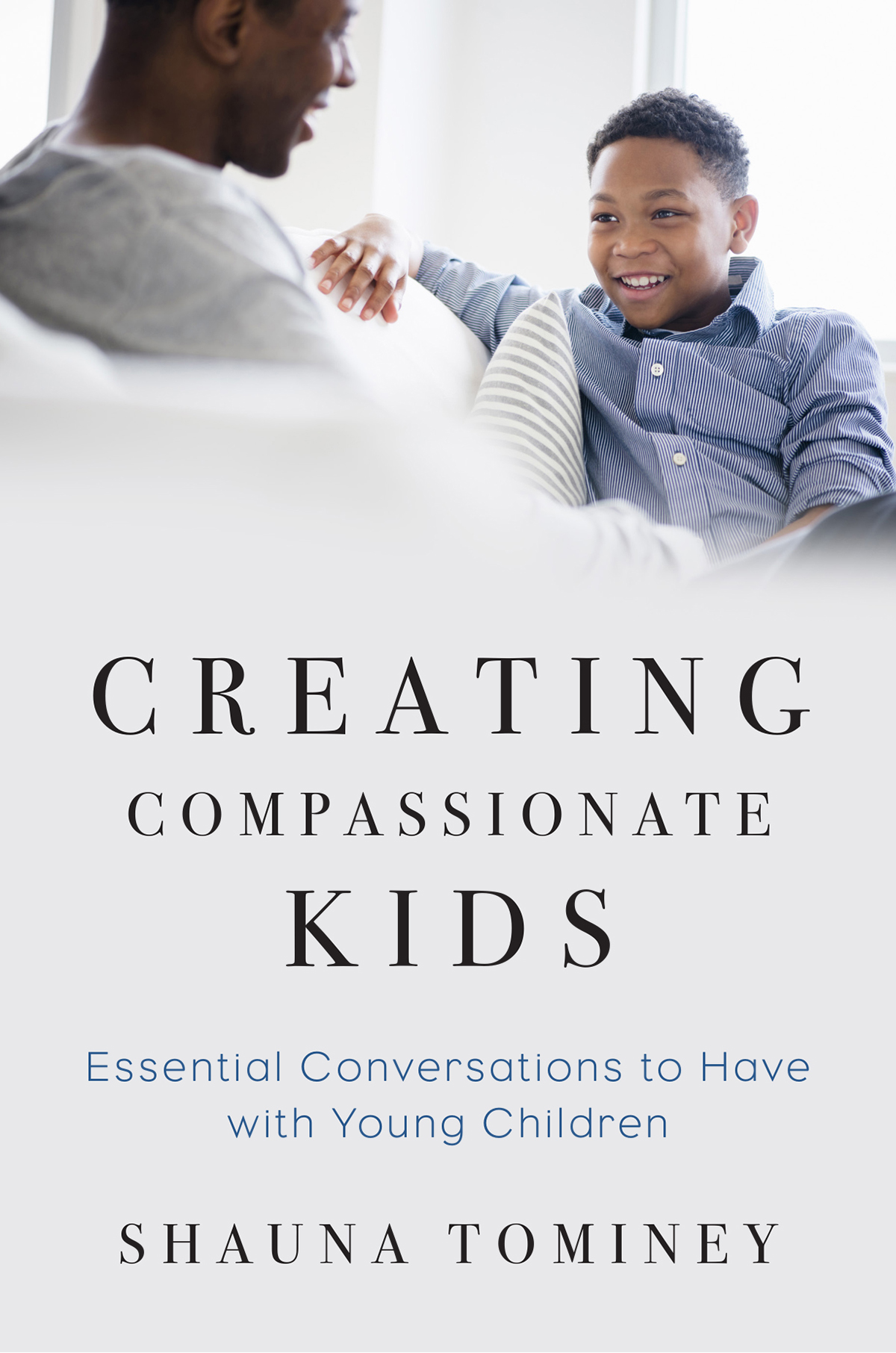Contents
Guide
Page List
CREATING COMPASSIONATE KIDS
Essential Conversations to Have with Young Children
Shauna Tominey

A Norton Professional Book
Contents
ADVANCE ACCLAIM
With deep sensitivity and humanity, Dr. Tominey illuminates how our everyday conversations shape who we are and what we become. Tominey captures the heart of what kids are implicitly asking and seeking. With impeccable perception and rare insight, she explains how to talk to children about real-world topics, while also providing essential messages to help them develop into confident, caring, and compassionate people. Grounded in emotion science thats conveyed with the same warmth and wisdom she promotes, Creating Compassionate Kids is a beacon for 21st-century families.
Kathryn Lee, Director of RULER for Families, Yale Center for Emotional Intelligence
In Creating Compassionate Kids, Dr. Tominey communicates the power of adult-child conversation through compelling and descriptive examples, and an engaging narrative that embeds key insights from developmental science. Family activities, book recommendations, and discussion questions provide wonderful opportunities to extend and apply learning. Youll finish the book feeling inspired and empowered to turn everyday moments into opportunities to support the next generation of compassionate children.
Elisabeth OBryon, Ph.D., co-founder of Family Engagement Lab
Developing compassion begins with understanding, and for young children, understanding emerges in conversation. Written with wisdom and sensitivity, Creating Compassionate Kids guides adults into these conversations and their significance to young children. Through conversational examples that are insightfully discussed, Shauna Tominey provides thought-provoking reflections on the growth of compassion and its foundations in developing self-awareness, resilience, and close relationships in childhood. A valuable resource for adults who care for kids.
Ross A. Thompson, Ph.D., Distinguished Professor, Department of Psychology, University of California Davis
Creating Compassionate Kids is a must-read book for anyone working with or raising young people. Infusing research and examples from her personal and professional life as a parent, researcher, and parent educator, Dr. Tominey helps us how to have vulnerable, courageous, and loving conversations that foster compassion in adults and young people alike. Dr. Tomineys writing is approachable and informative, and she equips her reader with actionable and developmentally-appropriate tools for creating compassionate kids.
Dena N. Simmons, Ed.D., CHES, Assistant Director, Yale Center for Emotional Intelligence, Associate Research Scientist, Yale Child Study Center
Copyright 2019 by Shauna Tominey
All rights reserved
First Edition
For information about permission to reproduce selections from this book, write to Permissions, W. W. Norton & Company, Inc., 500 Fifth Avenue, New York, NY 10110
For information about special discounts for bulk purchases, please contact W. W. Norton Special Sales at specialsales@wwnorton.com or 800-233-4830
Cover design by Adly Elewa
Front Cover Photograph by JGI/Jamie Grill
Production manager: Katelyn MacKenzie
The Library of Congress has cataloged the printed edition as follows:
Names: Tominey, Shauna, author.
Title: Creating compassionate kids : essential conversations to have with young children / Shauna Tominey.
Description: First edition. | New York : W. W. Norton & Company, [2019] | Series: A Norton professional book | Includes bibliographical references and index.
Identifiers: LCCN 2018016670 | ISBN 9780393711592 (hardcover)
Subjects: LCSH: Parent and child. | Compassion. | Compassion in children. | Caring in children.
Classification: LCC HQ755.85 .T655 2019 | DDC 177/.7dc23
LC record available at https://lccn.loc.gov/2018016670
ISBN: 978-0-39371-160-8 (ebk.)
W. W. Norton & Company, Inc., 500 Fifth Avenue, New York, N.Y. 10110
www.wwnorton.com
W. W. Norton & Company Ltd., 15 Carlisle Street, London W1D 3BS
This e-book contains some places that ask the reader to fill in questions or comments. Please keep pen and paper handy as you read this e-book so that you can complete the exercises within.
Note to Readers: Models and/or techniques described in this volume are illustrative or are included for general informational purposes only; neither the publisher nor the author(s) can guarantee the efficacy or appropriateness of any particular recommendation in every circumstance.
To my compassionate kid
W HEN I FIRST STARTED WORKING as an early childhood educator (before I became a parent), I spent a lot of time worrying. I worried that I wouldnt know what to do and that I wouldnt know what to say to a child every time a new situation came up. And so, not knowing what to say, I listened. I listened to the way other adults talked with children, hoping to learn how to have those same conversations myself. I was impressed with how easily words came to other teachers and parentsthey always seemed to know the right thing to say to a child. I figured it was only a matter of time before I did too. Once I heard an example of every possible conversation, I would have a script that I could use to have conversations with any child at any time about any topic. Boy, was I wrong.
I quickly learned that just as no two children are alike, no two conversations are alike either. Its impossible to prepare yourself for the moment when a three-year-old steps out on the playground and proudly proclaims that his fathers penis is THIS BIG like a fisherman holding his hands up to show the size of his prized catch. Nothing can prepare you for the moment when a four-year-old leans in and whispers that when she grows up, she wants to be a boy... or a fish. And there is certainly nothing that prepares you for the moment when your own child wraps her arms around you and says, I love you for the first time.
With each new conversation, I started to realize that I wasnt the only one feeling worried. Most of the other adults I met confessed that they were worried tooworried that they didnt know what to do or say to ensure their child had what they needed to thrive. Over time, I came to see that there was no recipe for the perfect conversation with a child. There were many different ways to have a conversation and many ways to help a child thrive. Over the last 20 years, I have had the privilege of listening to conversations between children and adults in many different settings. It is the shared wisdom from all of these children, families, and colleagues that inspired this book.
I am grateful to all of the children and families who have invited me into their lives and who have shared their conversations with me. Each has touched my life in a meaningful way. I am grateful to my many colleagues, including teachers, parenting educators, researchers, and others for showing me many different ways to have a positive impact. I would like to give special thanks to Megan McClelland, my mentor, colleague, and friend at Oregon State University, who continually inspires me to grow in new directions, leading to our first book (Stop Think Act: Integrating Self-Regulation in the Early Childhood Classroom


